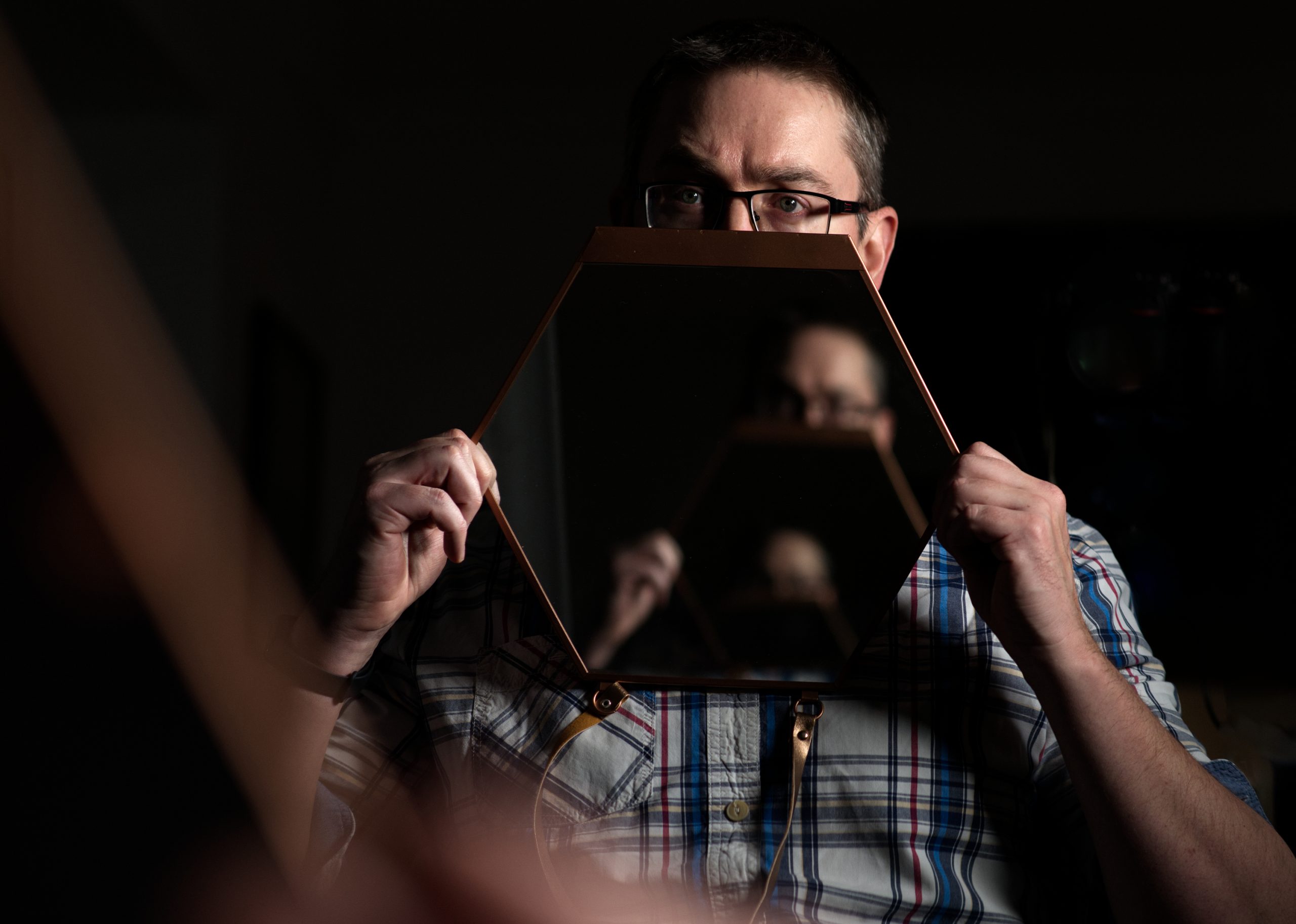It’s been an intruiging week. One that has challenged me to trace back my own interest in both journalism and photography. I now think my line was cast when I was about 13 or 14 years old, when I saw The Year of Living Dangerously and a Miami Vice episode about a photojournalist’s efforts to get his exposed film rolls of atrocities witnessed out of Nicaragua.

Two things happened. First, I realised that the world was far larger and more complex than I’d ever realised. Second, a dawning of the sense of need to bear witness, and that bearing witness was a source of good.
I must admit to element of boyish fantasy in all of this too – there was something appealing too in the quasi-military attire of the way photojournalists were depicted. They were, to my mind at any rate, ready for action and to be heroes without guns.
Looking back from this era of ‘fake news’ accusations and the general assault on those seeking to ‘bear witness’, I feel rather proud of the naivety of my younger self. My view of my profession has, I hope, matured and grown but not fundamentally altered. I believe strong, fearless story-telling and holding power to account are more important now than ever.
I’m not sure the ‘general public’ agrees. Professional photography was hugely harmed by the death of Diana, Princess of Wales. Professionals with cameras, particularly in the news media, were lumped in en-masse with the paparazzi (regardless of the latter’s business model being dependent and often profitable because of the general public’s eager consumption of their wares). Commercial imaging during the 1990s and early 2000s did itself no favours by obsessive retouching and championing idealised, often unattainable and sometimes unhealthy, beauty. And as the traditional media’s once humungous profits were eroded, professional photographers were amongst the first to take the hit, with newsrooms seeking user generated content where possible.
Looking at Twitter, the pictures attracting the most likes tend to be hyperrealistic overly saturated images of seascapes or landscapes. To me they seem aenemic and tell me nothing. They are decorative rather than exploratory.
Often, when I’m working, a subject will decide whether a picture is good or bad not by its composition, or its relationship to the story being told, but whether their physical imperfections are hidden. “You can photoshop out my lumps and bumps can’t you?” is a not infrequent reponse.
I sense the public appetite for photography – whether of others or themselves – is for one that conceals, evades and seels us a dream of how things ought to be.
I rebel against that. I increasingly endeavour to explain what I am doing and how my aim is to show things are are, or least as they seem to me. That people are far more interesting and beautiful in their complexity and imperfections than any cliched ideal.
In terms of technology, I have changed my approach very little. The biggest shift has been towards using continuous LED lighting (Rotolight) in the field where I would have previously used flash.




